In 8 months, rice exports reached nearly 6 million tons, the highest level ever, up 20% over the same period and completing 89% of the yearly plan.
This is the latest statistical data from Customs. With this export level, the rice export turnover in 8 months reached nearly 3.2 billion USD, an increase of more than 34% in value.
Among the import markets, the Philippines, China, Indonesia and Ghana imported the most rice from Vietnam with a growth rate of 3% to nearly 1,500% over the same period last year.
In the last four months of this year, Vietnam’s rice exports will continue to be boosted by good orders from many new markets. However, exporters are concerned that supply will not be sufficient to meet demand.
 |
| Harvesting rice in Dong Anh ( Hanoi ). Photo: Ngoc Thanh |
The general director of a company in the Mekong Delta said that in the fourth quarter, the supply of rice in the Vietnamese market did not change much. Meanwhile, this year, demand in many countries increased dramatically. If last year, Vietnam exported 7.2 million tons of rice, including additional imports from India of 500,000-700,000 tons and Cambodia of 300,000 tons. This year, imports from these countries were cut due to India's ban. Despite normal weather conditions, the rice output in the autumn-winter crop was only equivalent to that of 2022.
"Therefore, demand is exceeding supply, so the expectation of ministries and sectors to export more than planned and reach 7.5-8 million tons is difficult to achieve," said the CEO of the above enterprise.
Sharing the same view, Mr. Nguyen Viet Anh - General Director of Oriental Food Company Limited (ORICO) also feels worried about the export balance this year.
Previously, at a conference in Can Tho in early August, Mr. Viet Anh also cited data from the USDA (US Department of Agriculture ) assessing that Vietnam's inventory-to-consumption ratio was only about 11% while the safety level was about 22%. After India's ban on rice exports, the figure has dropped to only 8.5%.
In addition, according to Mr. Viet Anh, the alarming situation now is that businesses are facing too many farmers selling to other farmers. The number of brokers is increasing rapidly and they are disrupting the market, causing many businesses to be "brokered" by farmers. They not only lose their deposits but also cannot buy rice from farmers they previously cooperated with.
Harvesting rice in Dong Anh (Hanoi). Photo: Ngoc Thanh
According to Mr. Viet Anh, when businesses do not have rice to deliver, it will affect the implementation of contracts. In this chain, farmers benefit when rice prices increase but businesses are disadvantaged or suffer huge losses. This is a very serious problem, beyond the control of businesses. Therefore, he hopes that the authorities will take measures to stabilize the market.
In a recent report to the Prime Minister , the Vietnam Food Association (VFA) noted that the rapid increase in rice prices has led to a breakdown in the supply chain from farmers to traders, rice mills and rice exporters. This has made it difficult for exporters to mobilize goods to fulfill signed contracts.
While the export price of rice has been decreasing in recent days, the domestic price of rice is still increasing. Currently, the domestic price of rice is 5-7% higher than the export price, equivalent to 660-680 USD per ton for the 5% broken type.
( According to vnexpress.net )
.
Source





![[Photo] General Secretary To Lam attends the conference to review 10 years of implementing Directive No. 05 of the Politburo and evaluate the results of implementing Regulation No. 09 of the Central Public Security Party Committee.](https://vphoto.vietnam.vn/thumb/1200x675/vietnam/resource/IMAGE/2025/5/19/2f44458c655a4403acd7929dbbfa5039)
![[Photo] Prime Minister Pham Minh Chinh inspects the progress of the National Exhibition and Fair Center project](https://vphoto.vietnam.vn/thumb/1200x675/vietnam/resource/IMAGE/2025/5/19/35189ac8807140d897ad2b7d2583fbae)
![[Photo] President Luong Cuong presents the 40-year Party membership badge to Chief of the Office of the President Le Khanh Hai](https://vphoto.vietnam.vn/thumb/1200x675/vietnam/resource/IMAGE/2025/5/19/a22bc55dd7bf4a2ab7e3958d32282c15)






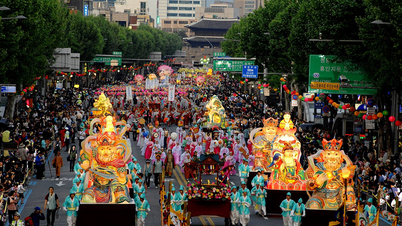





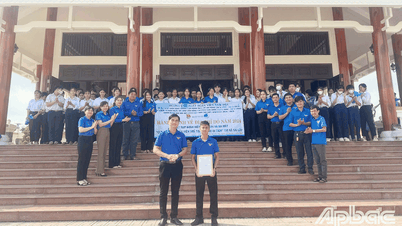




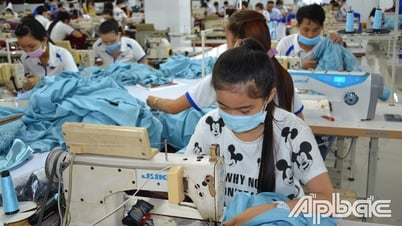










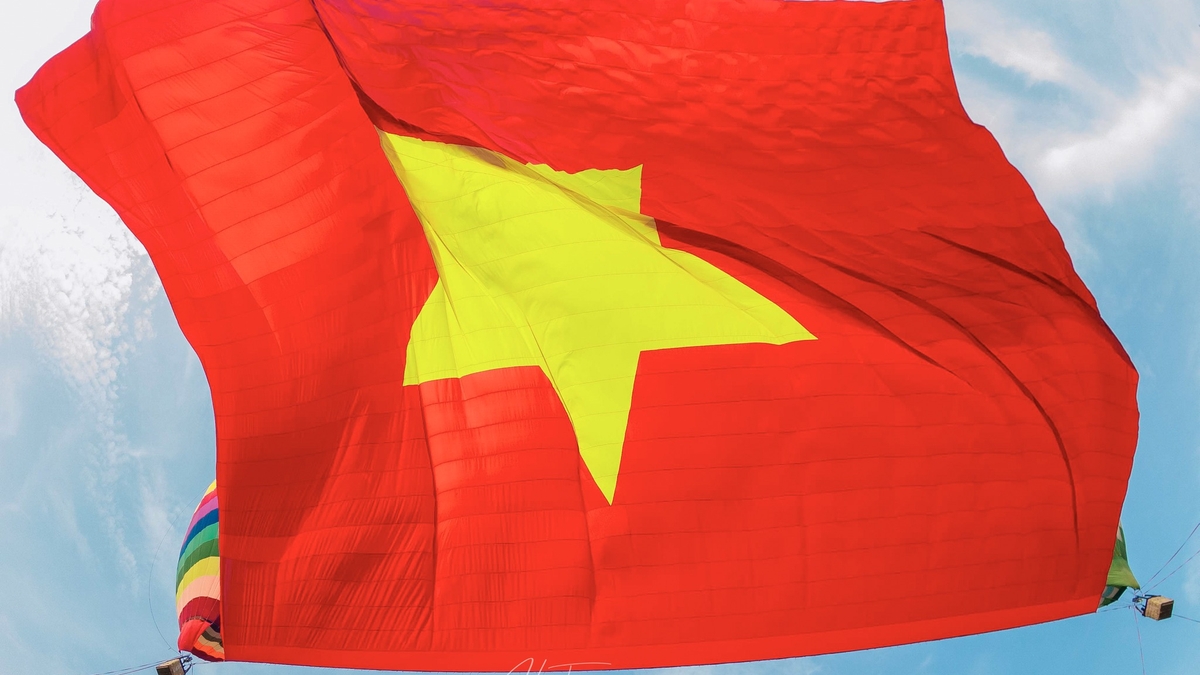






































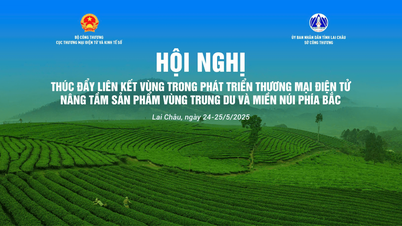
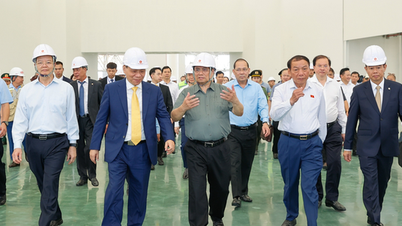














![[VIDEO] - Enhancing the value of Quang Nam OCOP products through trade connections](https://vphoto.vietnam.vn/thumb/402x226/vietnam/resource/IMAGE/2025/5/17/5be5b5fff1f14914986fad159097a677)





Comment (0)